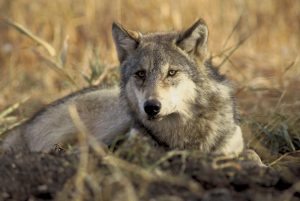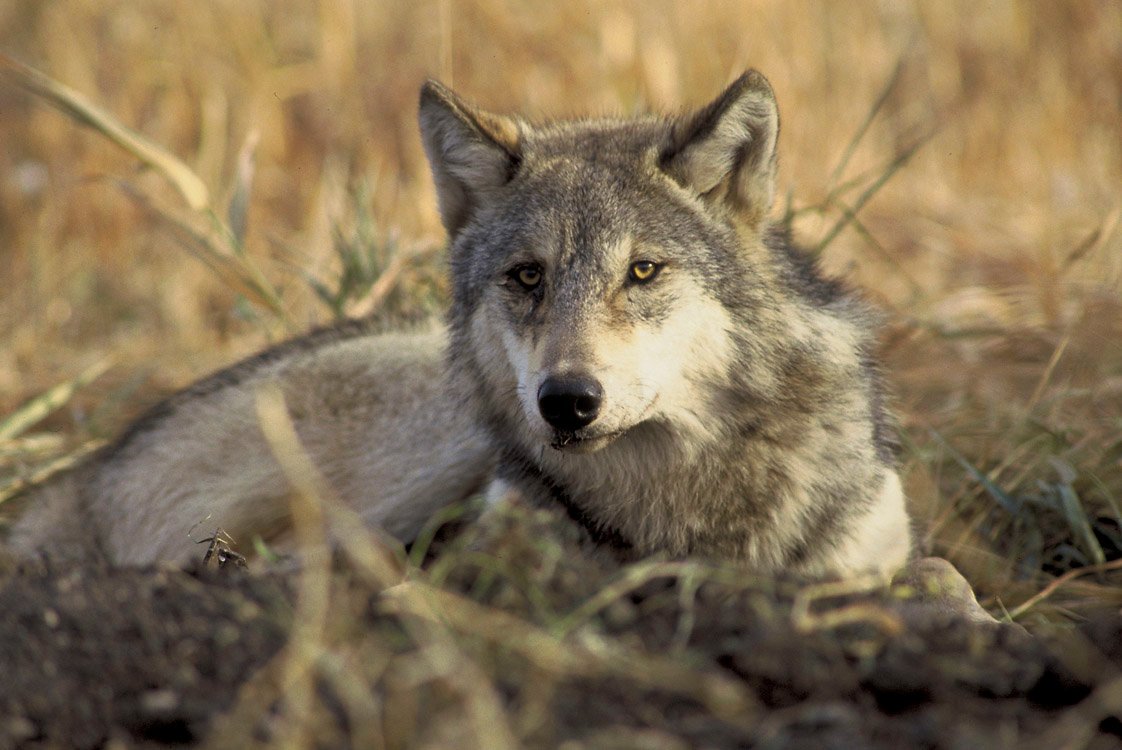
Many scientists, conservationists, as well as other people that read and follow science, know the ecological benefits like those seen with gray wolves. Once wolves were reintroduced to Yellowstone after near extinction in America, they began to tidy up explosive deer and elk populations, which had eaten valleys barren, destroying riparian habitats, resulting in unbalanced ecosystems. When some of the deer and elk were weeded out, this helped bring back trees and shrubs. Birds and beavers, as well as the many other animals, benefited. Also, with more trees controlling erosion, the flows of some rivers were less chaotic, forming pools that became new habitats.
Trophic cascades are powerful indirect interactions that can control entire ecosystems, occurring when predators in a food web suppress the abundance or alter the behavior of their prey, thereby releasing the next lower trophic level from predation (or herbivory if the intermediate trophic level is a herbivore). If you rewild some carnivores or return them back to lost ranges, a cascade of ecological bounty begins to follow. Sadly for many of our carnivorous around the world, extinction and declining populations threaten most of them.
Source and entire article—-
New York Times
Then the rewilding began.
Since their reintroduction to Yellowstone and Idaho in the 1990s, gray wolves have done so well that they’re reclaiming other parts of the northern Rockies.
In the places where they returned, wolves tidied up explosive deer and elk populations, which had eaten valleys barren. That helped bring back trees and shrubs. Birds and beavers, as well as the animals that live in dams, also returned. The wolves ate coyotes, freeing up their prey for others. Bears and raptors came back for carrion. With more trees controlling erosion, the flows of some rivers were less chaotic, forming pools that became new habitats.
“We’re just uncovering these effects of large carnivores at the same time their populations are declining and are at risk,” said William Ripple, an ecologist at Oregon State University. He’s found that if you rewild some carnivores, or return them back to lost ranges, a cascade of ecological bounty may follow.
But not always. Nearly half of carnivore reintroductions fail, and understanding where rewilding may or may not work is critical to getting it right.

Lions and tigers and bears — along with gray wolves and 21 other species of large, terrestrial carnivores — roam this planet. Extinction and declining populations threaten most of them. Recently, scientists and conservationists have been hoping that rewilding will result in ecological benefits like those seen with gray wolves.
So, Dr. Ripple and Christopher Wolf, a postdoctoral researcher in his lab, analyzed hundreds of potential rewilding sites from a database of protected areas around the planet where large carnivores have disappeared. They focused on big places with small human footprints, available prey and buffer zones where animals may traverse safely. Their analysis revealed 130 potential sites suitable for rewilding and an additional 150 spots with little human activity to consider preserving. Their results, published Wednesday in Royal Society Open Science, suggest that with proper attention and care to ensure these carnivores’ survival, rewilding programs could restore lost ecosystems worldwide.
But it won’t be as simple as finding a dot on a map.
Their paper mentions just two specific reintroduction sites where rewilding would likely work out as planned. They suggest it could be possible to put gray wolves in Olympic National Park in Washington and sending endangered red wolves, which once roamed the southeast, into Everglades National Park. These places have space for reproduction and development, prey and humans who may tolerate them.


But for many other locations, especially in developing countries, people still hunt some animals for bushmeat or body parts used in traditional medicine. Fences limit range. Humans compete for prey or kill carnivores that threaten their lives, agriculture or livestock. Not all corridors are safe. These places may better serve as guideposts, directing researchers to spots for further investigations into what’s really happening on the ground.
The biggest hurdle will be finding humans willing to live alongside and support efforts to keep big carnivores around, said Thomas Newsome, an ecologist studying human-predator interactions at the University of Sydney who was not involved in this study. That would mean supporting efforts to stop the activities that killed many large carnivores in the first place. And even for gray wolves, that hasn’t been easy: Some people don’t want them, and others still hunt wolves outside park boundaries in Yellowstone and in Alaska.
Perhaps the solution is rethinking what it means to be humans in a natural world, said Layla AbdelRahim, an anthropologist who has studied human understanding of wilderness. We must recognize our role as partners with the environment, rather than dominators, to maintain functioning ecosystems, she said.
Rewilding will be a significant trend in preserving ecosystems where all species matter, said Dr. Ripple. “Humans are just figuring out what the interconnectedness in nature is all about.”


Comments
Pingback: ‘Rewilding’ Missing Carnivores May Help Restore Some Landscapes | Protect The Wolves